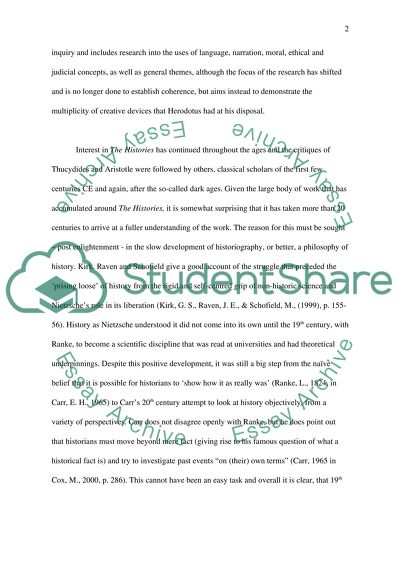Cite this document
(“How coherent a work is Herodotus' Histories Essay”, n.d.)
How coherent a work is Herodotus' Histories Essay. Retrieved from https://studentshare.org/miscellaneous/1572281-how-coherent-a-work-is-herodotus-histories
How coherent a work is Herodotus' Histories Essay. Retrieved from https://studentshare.org/miscellaneous/1572281-how-coherent-a-work-is-herodotus-histories
(How Coherent a Work Is Herodotus' Histories Essay)
How Coherent a Work Is Herodotus' Histories Essay. https://studentshare.org/miscellaneous/1572281-how-coherent-a-work-is-herodotus-histories.
How Coherent a Work Is Herodotus' Histories Essay. https://studentshare.org/miscellaneous/1572281-how-coherent-a-work-is-herodotus-histories.
“How Coherent a Work Is Herodotus' Histories Essay”, n.d. https://studentshare.org/miscellaneous/1572281-how-coherent-a-work-is-herodotus-histories.


